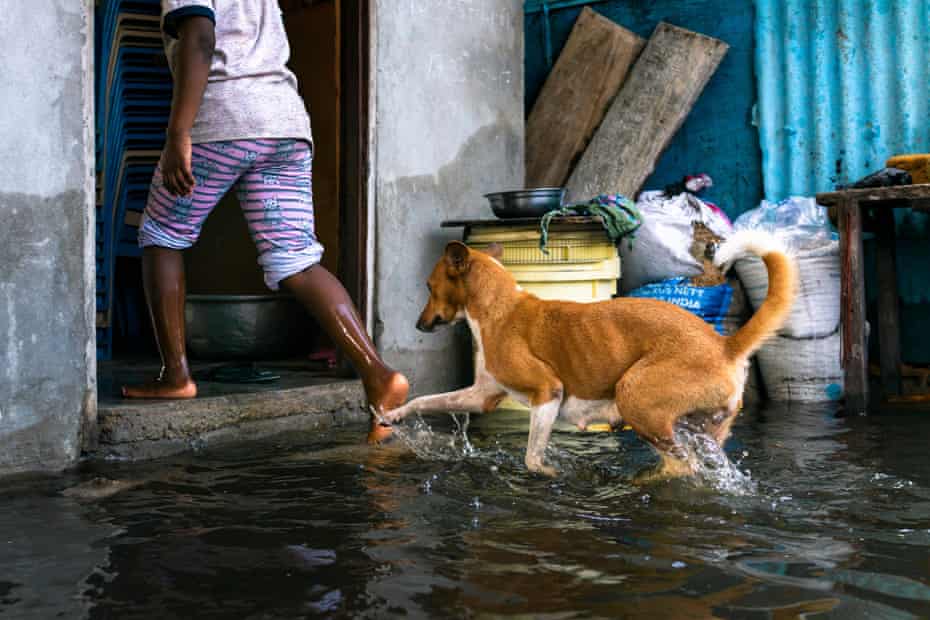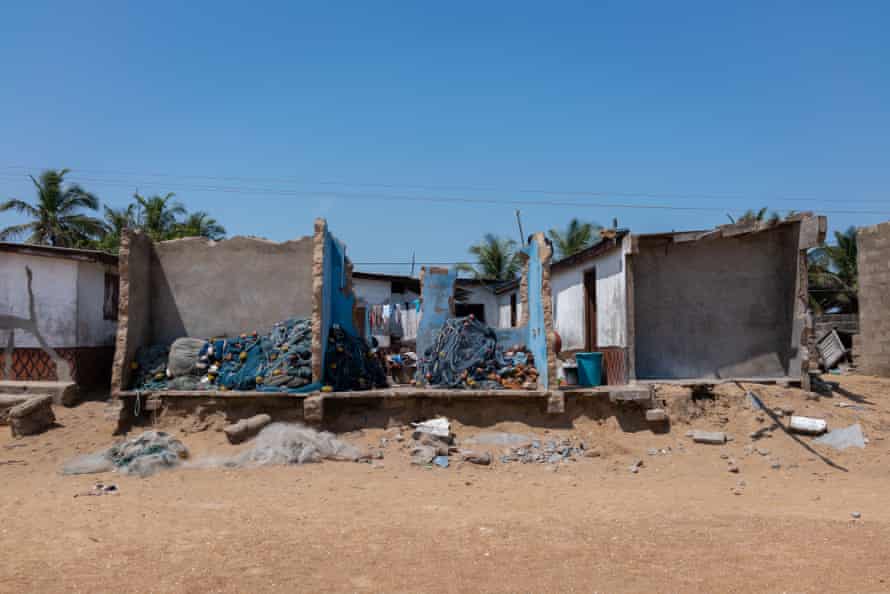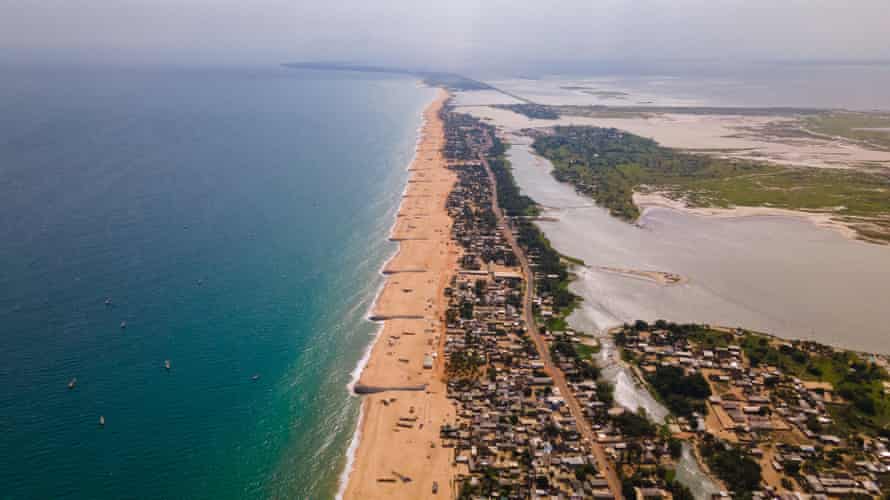As the sea claims more of the west African shoreline, those left homeless by floods are losing hope that the government will act

The environment that John Afedzie knew so well has been swept away by the waves. “The seas have gotten closer in recent months, but they’ve now damaged areas of schools and residences.” The waves have engulfed the entire community. “Because of rising sea levels, one must now commute by boat,” he explains.
Afedzie lives in Keta, a coastal town in Ghana, where, according to the authorities, a month ago high tide flooded 1,027 homes, displacing over 3,000 people.
For years, rising sea levels and storms have progressively devastated Keta. People awoke to walls of seawater surging through their premises before dawn on November 7th, flooding their homes, schools, businesses, and churches.
We could see the water getting closer, but we had no idea it would flood… By Sunday, there was water all over the place.
Janet Nubueke is a member of the Nubueke family.
That morning Keta, and neighbouring Fuveme and Salakope joined Vodza, Adzido, Abutiakope and Kedzikope – villages and towns that once dotted the west African country’s shore but have all but disappeared under water.
“It started Saturday evening. We saw that the water was getting closer, but we didn’t know it would flood this place. By Sunday at dawn, the water was everywhere. All our things were affected by the flood,” says Janet Nubueke, from Keta.
The people, she says, will continue to move away from the water as long as the sea continues to be a threat. They are asking the government to relocate them.

With a coastline spanning about 340 miles (550km) of the Gulf of Guinea and a quarter of its population living on the coast, Ghana is being permanently altered by coastal erosion. The country’s economic powerhouse is along the coast, including 80% of its industry, oil and gas production, thermal and hydroelectric power generation, as well as agriculture and fishing. A study by Unesco found that 37% of Ghana’s coastal land had been badly hit by erosion and flooding between 2005 and 2017.
Construction of a sea-defence wall began in 1999 under the administration of the late President Jerry Rawlings but was not completed because of a change in government and subsequent neglect by political leaders.

Several studies suggest that sea-defence walls could play an essential role in mitigating the erosion of sandy soil along the coast and that stabilising the shoreline to prevent inhabited areas being flooded is feasible. But many people, still living in makeshift shelters and waiting to find new homes, have no confidence that the political will is there to complete the project.
- Covid cases are on the rise in the United States as vaccine development stalls and the Omicron form raises concerns.
- What happened to the $1 billion IMF COVID funds? — The government has raised concerns.
With climate crisis experts warning that extreme weather and natural disasters will only become more frequent, the people left in what remains of Keta are living from day to day, fearing the next storm or higher than usual tide.



